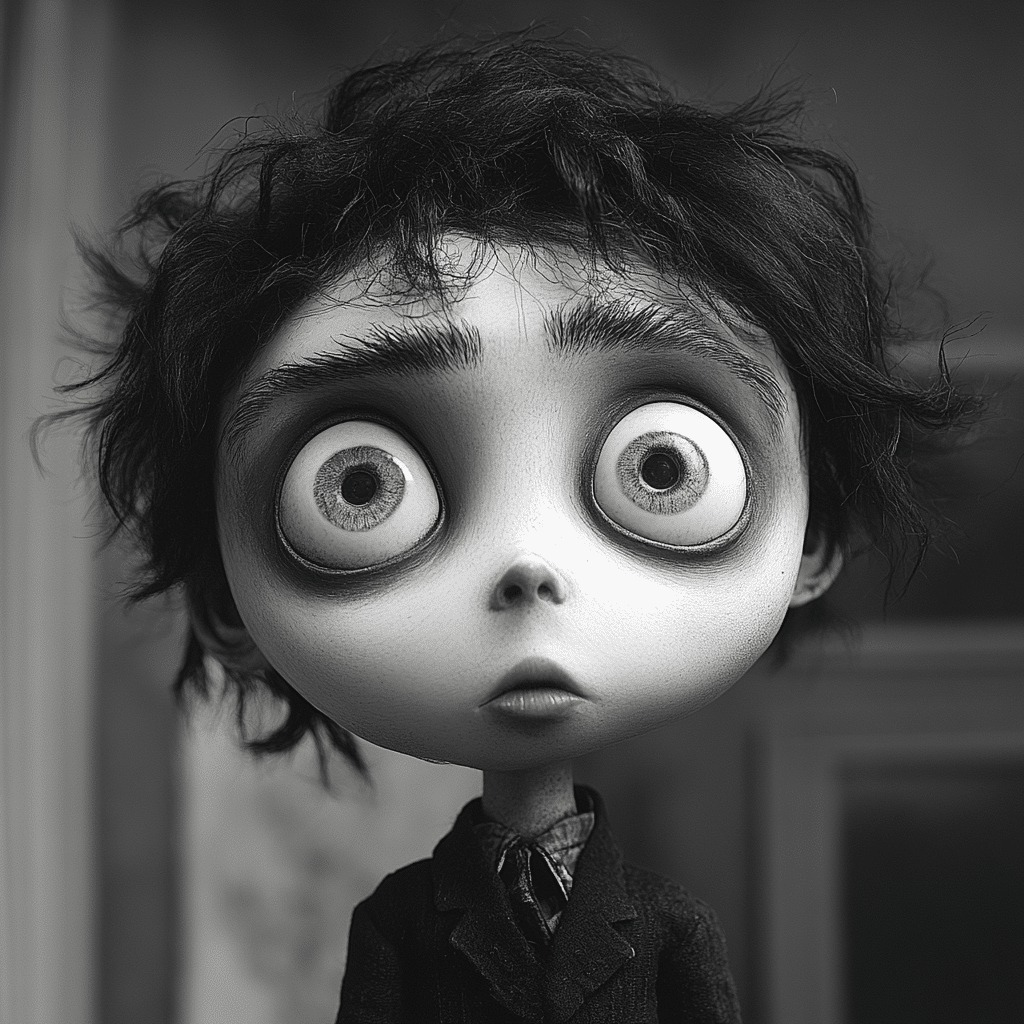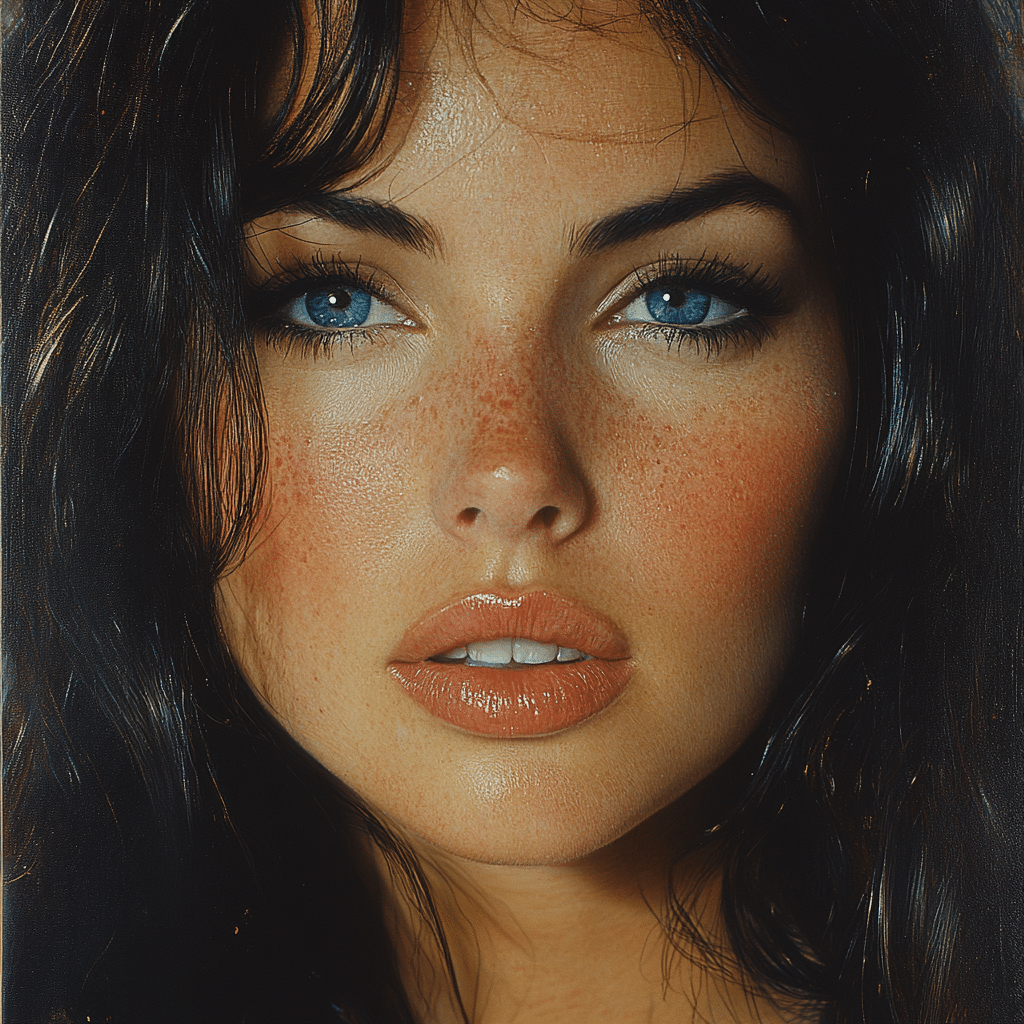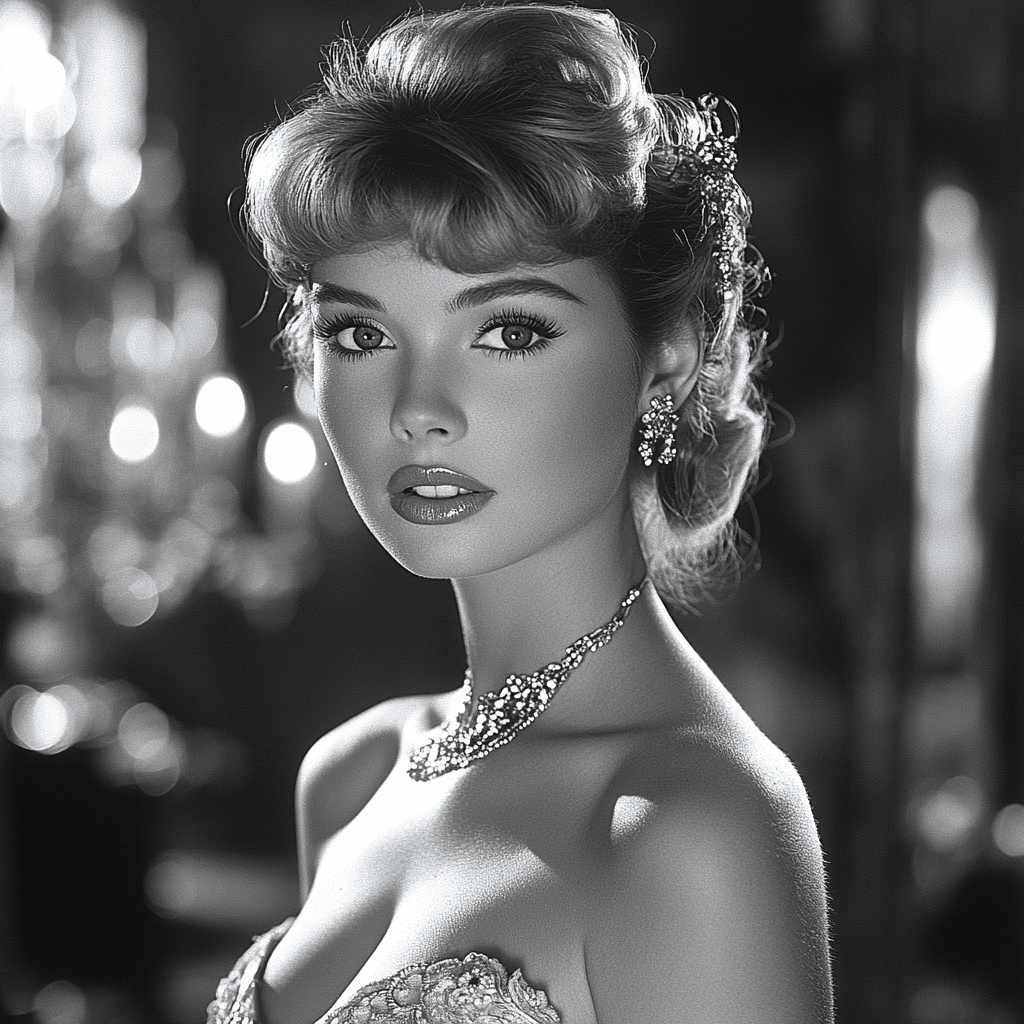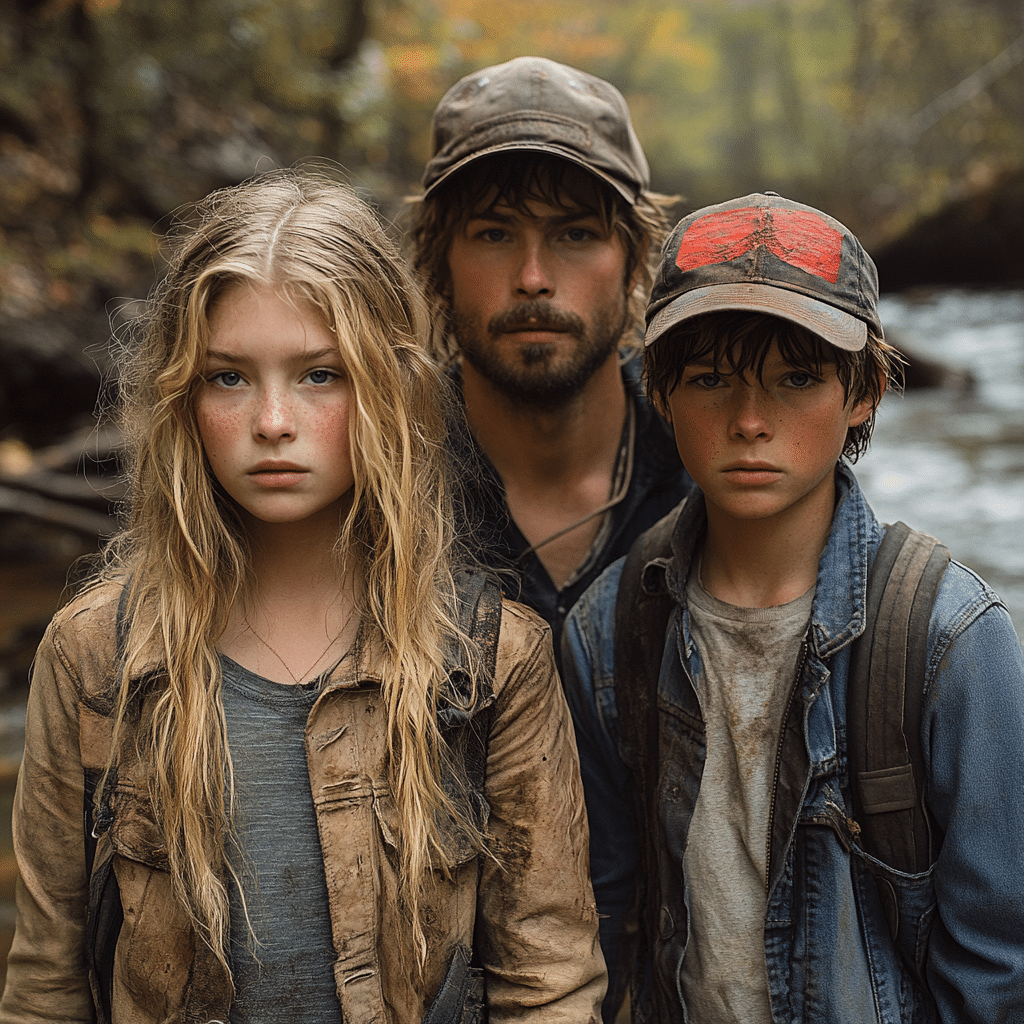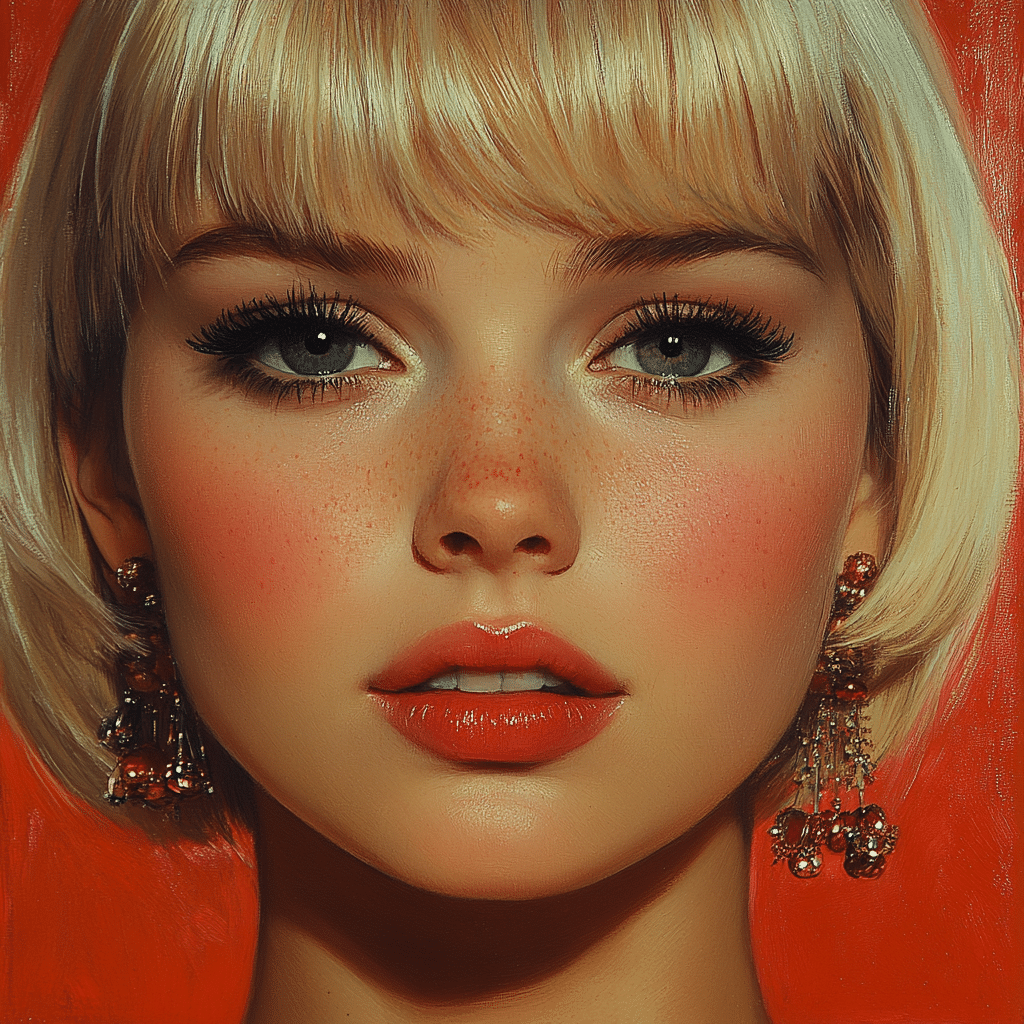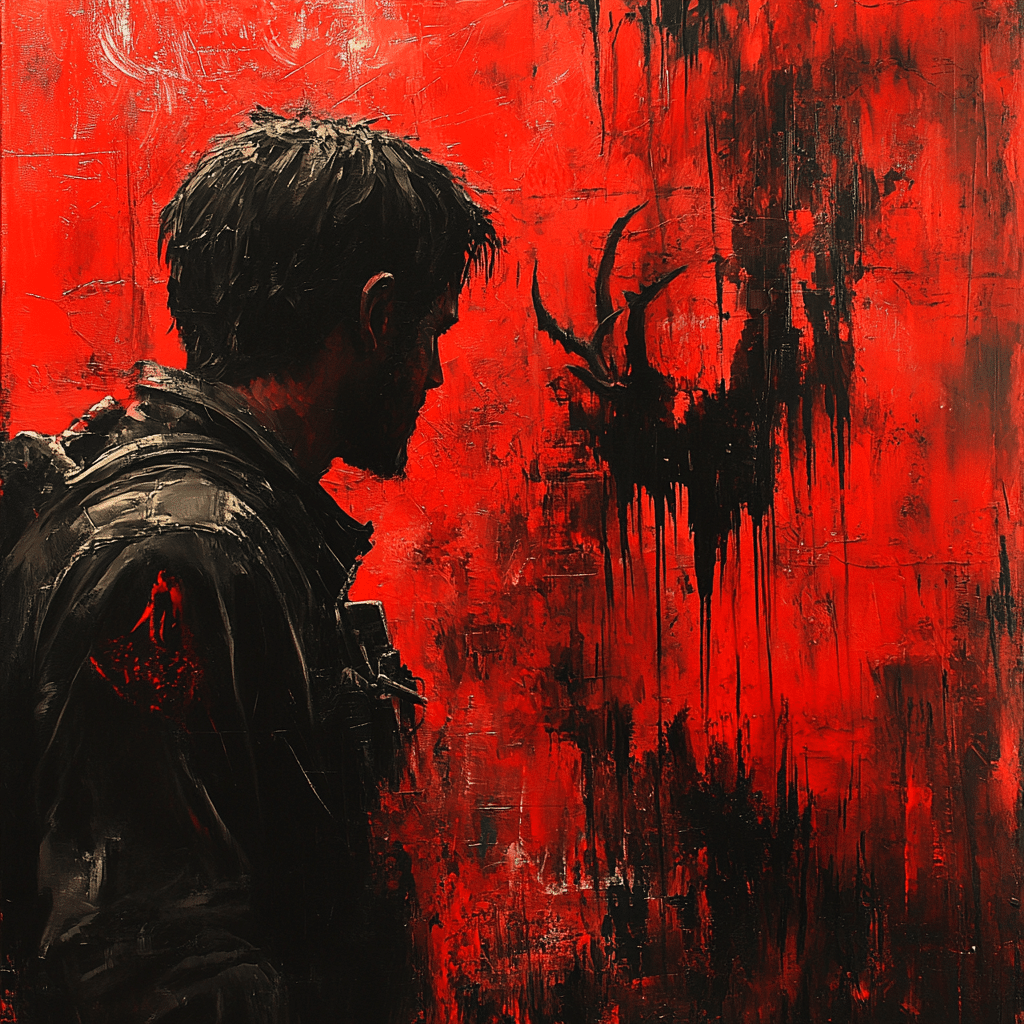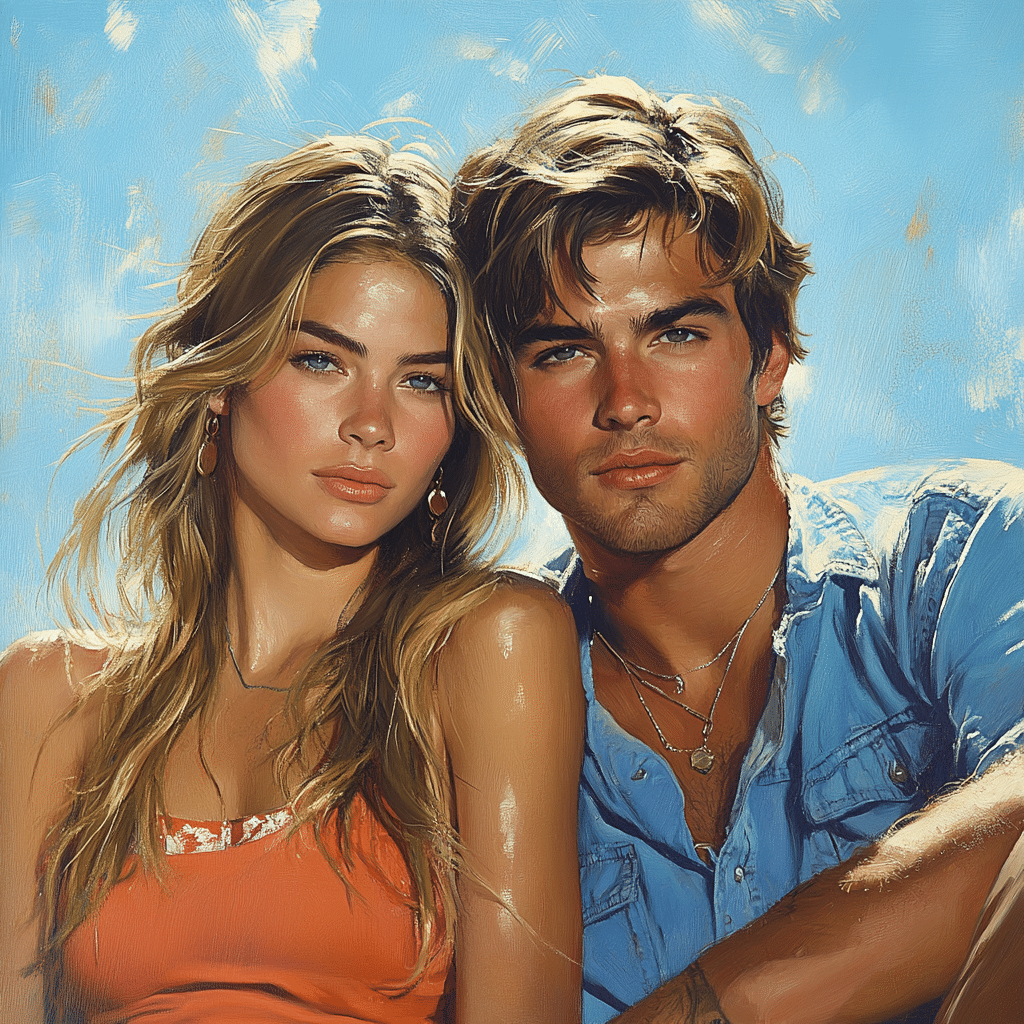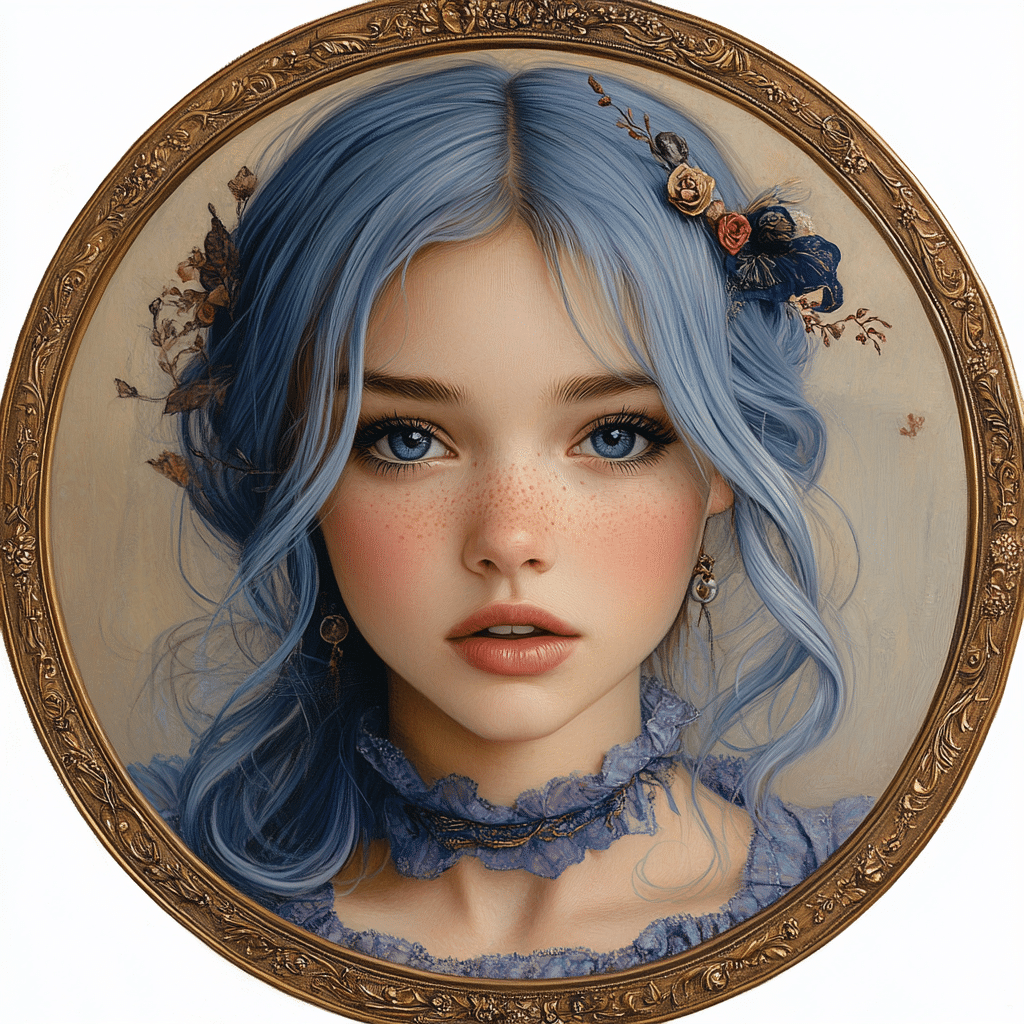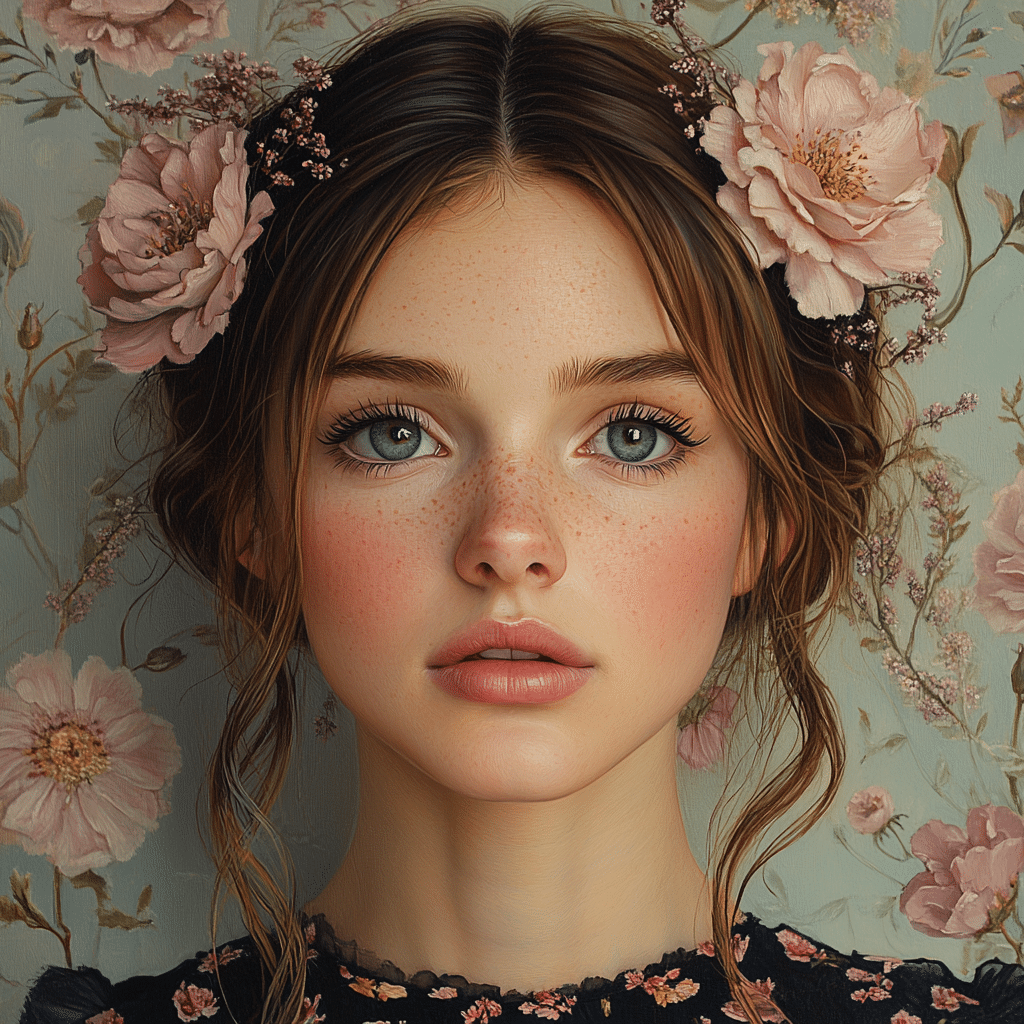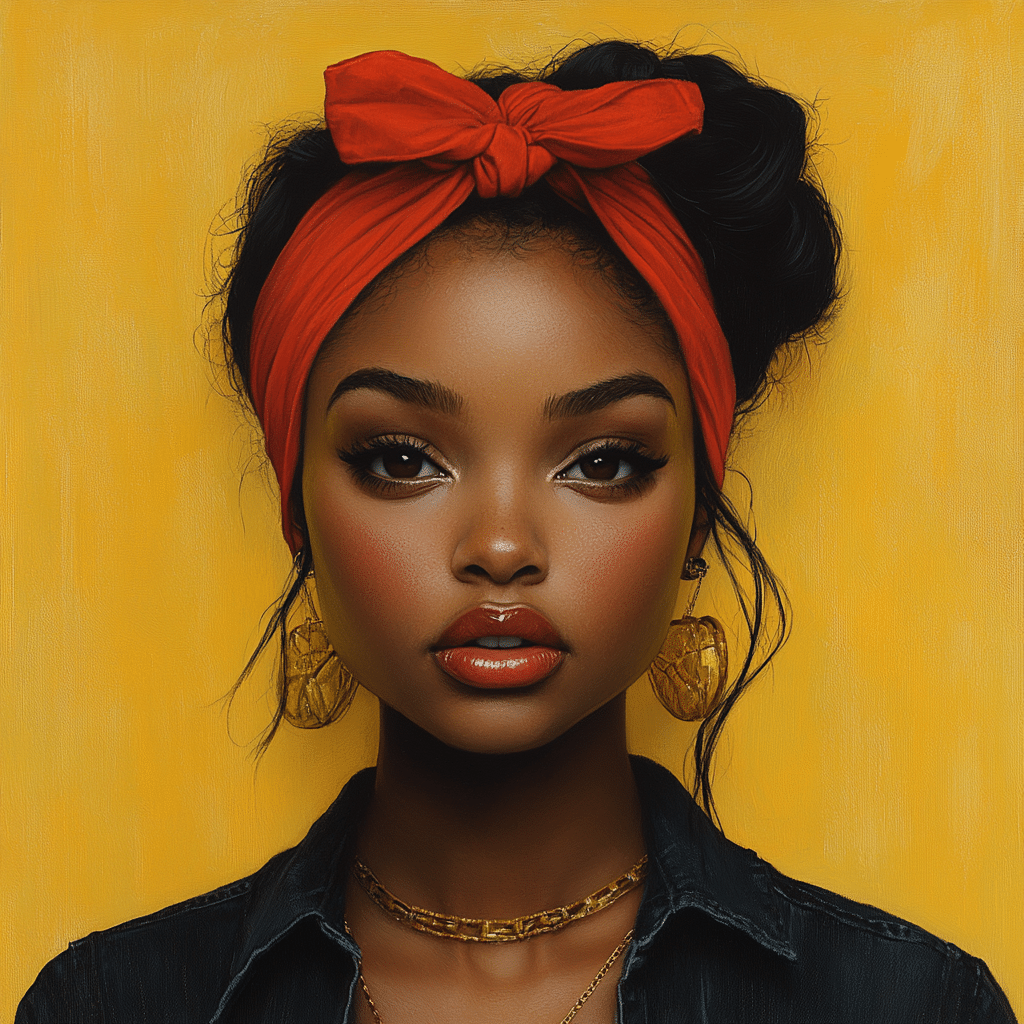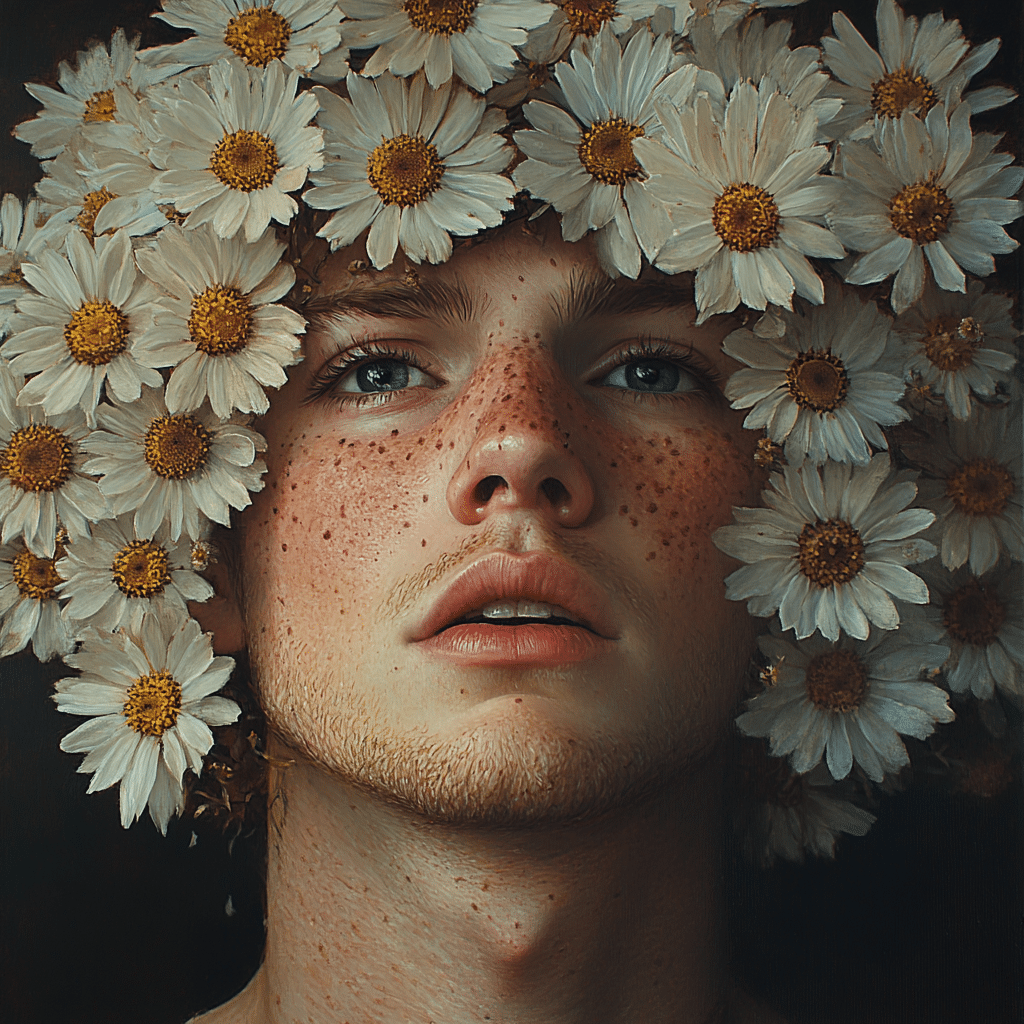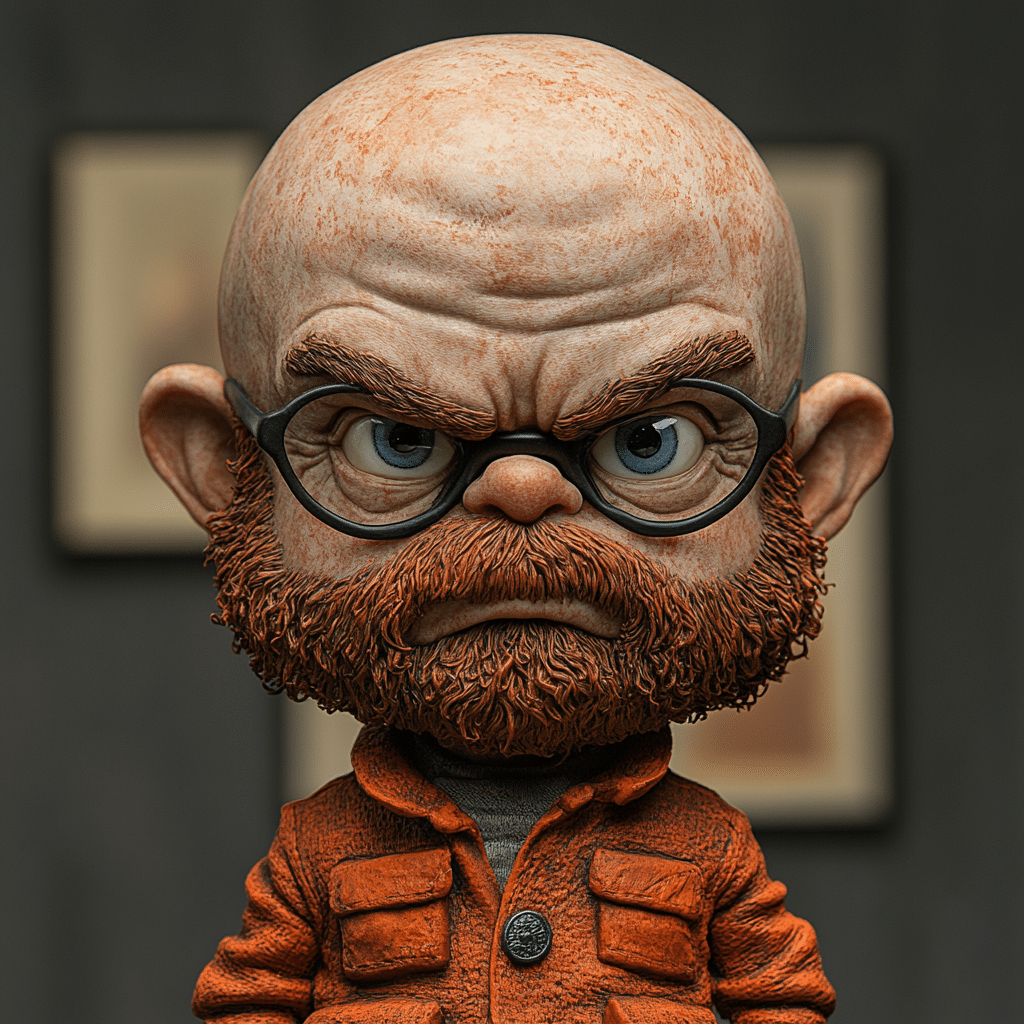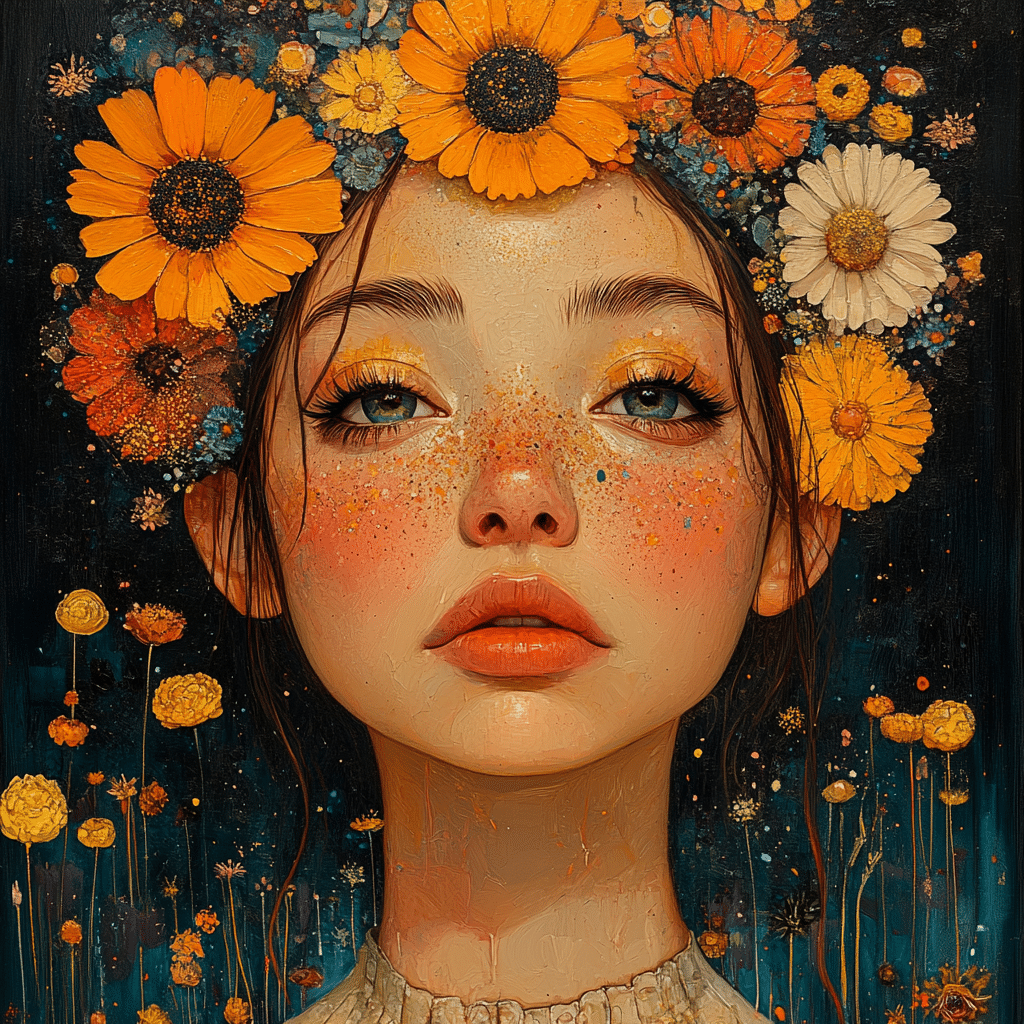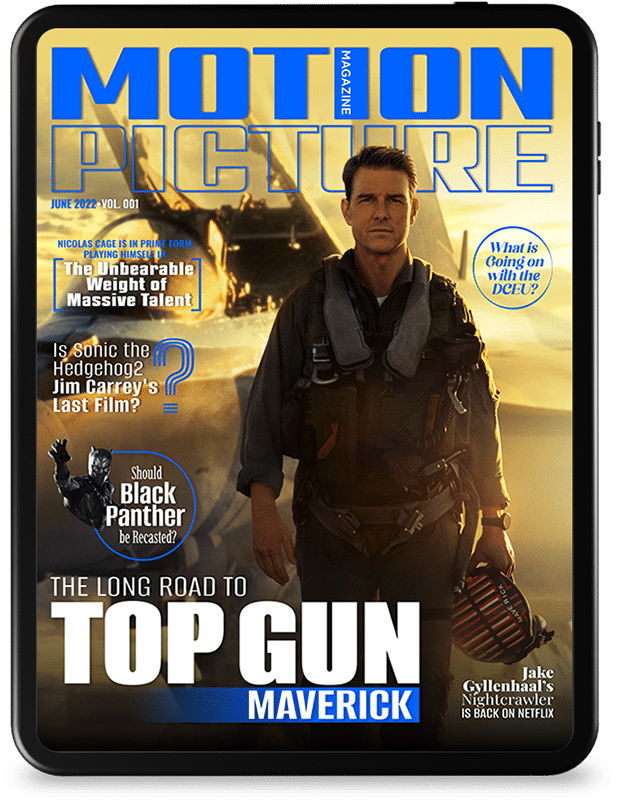The Eraserhead Baby, that bizarre and haunting figure of David Lynch’s surreal masterpiece from 1977, continues to channel unnerving intrigue into audiences’ psyches more than four decades later. Its unsettling looks and the film’s surreal ambiance cultivate a cult following that reaches beyond cinema, seeping into the fabric of art and popular culture. Let’s dive into the strange and captivating world of the Eraserhead Baby, exploring its cultural weight, artistic significance, and how it resonates even in today’s media landscape.
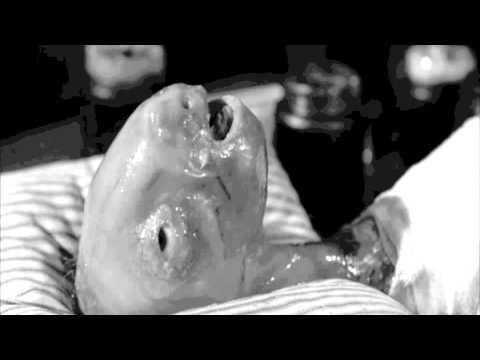
The Top 5 Disturbing Qualities of the Eraserhead Baby
1. Physical Appearance
The Eraserhead Baby boasts a grotesque and bizarre look, defined by its oversized head, eerie expressions, and peculiar body proportions. Much like a “what-were-they-thinking” design, this unsettling representation powerfully symbolizes parental anxiety. As viewers gaze upon it, a flurry of questions emerges about motherhood and the fears that consume those anticipating parenthood during tumultuous times. Is it a reflection of our terrors about nurturing life in a chaotic world? You bet!
2. Sound Design
Now, let’s not overlook the genius of sound—oh, the sound! The film features a pioneering soundscape rife with industrial noises that envelop viewers in a sound blanket of unease. From grinding gears to mechanical whirs, these eerie auditory elements cement the Eraserhead Baby into the viewer’s memory long after leaving the theater. Who knew sound design could be so chilling?
3. Symbolism
Lynch cleverly weaves multilayered symbolism into the narrative of the Eraserhead Baby. It stands as a metaphor for existential dread and the overwhelming pressures of early parenthood. In a society teeming with expectations and demands, the haunting image of the baby encapsulates anxiety—what if you’re not cut out for the responsibilities life throws your way? Lynch’s genius lies in how he captures our collective fears and magnifies them through this bizarre character.
4. Cultural Impact
Decades later, the sight of the Eraserhead Baby appears in various pop culture forms, from Halloween costumes to music video references, proving its lasting influence. Its continued ability to shock and inspire speaks volumes about its position in our collective consciousness. Ever seen that stunning outfit at a costume party? That’s someone embracing their inner Lynch.
5. Artistic Parallels
The aesthetic and thematic nuances of the Eraserhead Baby resonate with other artistic forms. For instance, the anxiety-ridden visuals in Jamiroquai’s “Virtual Insanity” evoke the same emotional conflict as Lynch’s surreal exploration into modern life fears, albeit wrapped in a more upbeat beat. Isn’t it funny how art, regardless of medium, can reflect our unspoken anxieties?
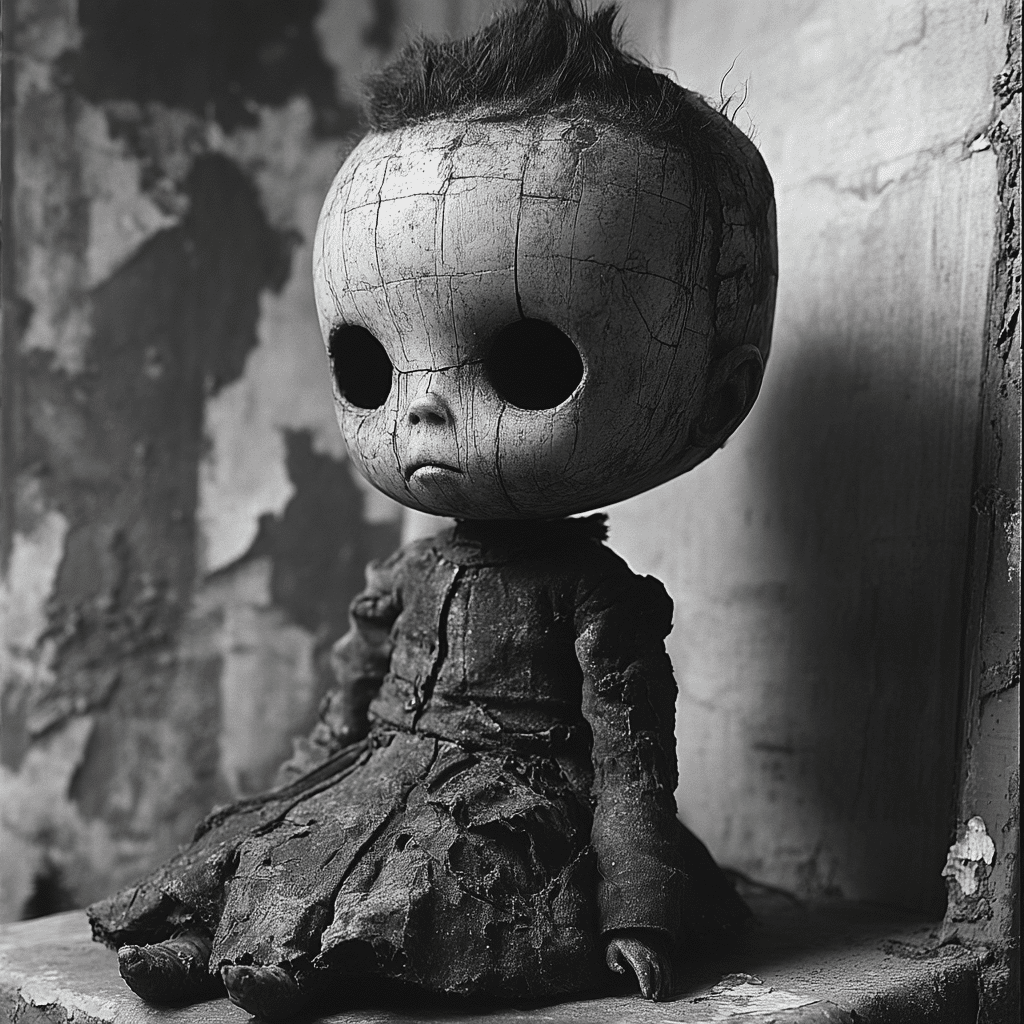
The Eraserhead Baby and Its Enduring Legacy in Contemporary Media
The Eraserhead Baby is far from a bygone relic; its influence flows through the veins of contemporary cinema and TV. Look at films like Ari Aster’s “Hereditary” and Richard Kelly’s “Donnie Darko,” both exploring themes of dread, familial tension, and the inexplicable—all echoes of Lynch’s unsettling magic. These films act as spiritual successors to Lynch’s original narrative.
Television shows like “The OA” and “Dark” harness unsettling imagery and surreal storytelling channels reminiscent of Lynch’s aesthetic. By presenting viewers with jaw-dropping, mind-bending visuals and narratives, these shows stir familiar feelings, evoking the very same unsettling energy that the Eraserhead Baby unleashed in audiences years ago.
Moreover, the emergence of virtual reality and immersive art experiences is creating fresh interpretations of Lynch’s groundbreaking work. Innovators are employing 3D models and interactive installations, allowing new generations to confront the fears reminiscent of the Eraserhead Baby in their own unique ways. It’s like stepping directly into the chaos!
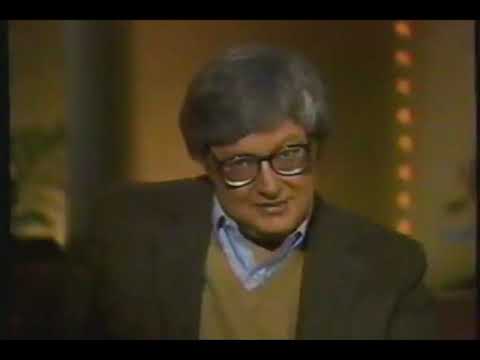
How Jamiroquai’s ‘Virtual Insanity’ Echoes Lynch’s Vision
Speaking of reflections, Jamiroquai’s iconic music video for “Virtual Insanity” captures themes of disorientation and societal crisis, much like the surreal landscape of “Eraserhead.” The mind-boggling effects, combined with critiques of modern existence, can be traced back to Lynch’s talent for inducing discomfort through his visual narratives. Are you feeling that familiar chill run down your spine yet?
Both the Eraserhead Baby and aspects of “Virtual Insanity” challenge us, igniting anxieties concerning realities—parenthood, technology, ecological concerns. Like unwelcome guests crashing your party, these themes leave their mark, planting uncomfortable seeds in our collective psyche.
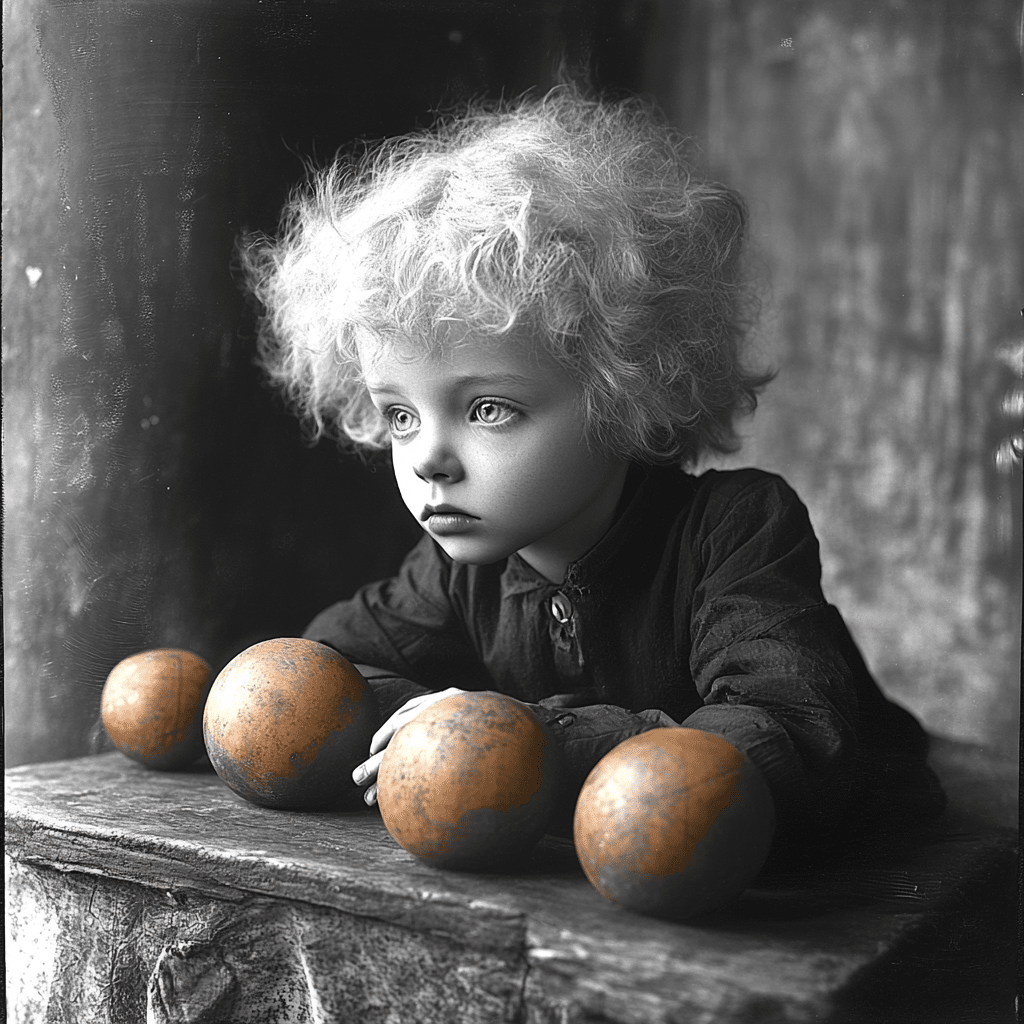
The Evolving Fascination with the Eraserhead Baby
The Eraserhead Baby isn’t merely a historical curiosity; it remains a potent symbol in discussions surrounding parenting, mental well-being, and societal expectations. As our cultural landscape shifts in 2024, Lynch’s avant-garde interpretation of life’s uncertainties continues to strike a chord, cementing its relevance.
This unearthly charm of the Eraserhead Baby serves as a great starting point for conversations about identity and the pressures of society. Through contemporary dialogues in art and media, this strange little character has evolved beyond shock; it provokes self-reflection.
In its ability to encourage diverse interpretations, the Eraserhead Baby masterfully blends horror and art, challenging our perceptions of life and society. Even though this character springs from fiction, its implications are profoundly real—continuing to shock, inspire, and compel introspection in equal measures.
So next time someone mentions the Eraserhead Baby, don’t shy away or gawk in horror. Embrace its disturbing charm and appreciate its place in the grand tapestry of cinematic history! Who knew intimacy and unease could be two sides of the same coin? And let’s face it: life’s weird enough without adding a monstrous baby to the mix!
Dive deeper into this unsettling charm and remember, sometimes, it’s our fears that can lead us to find the most extraordinary stories. If you haven’t felt the eeriness yet, check out its legacy and see how far-reaching this bizarre invention has truly become!
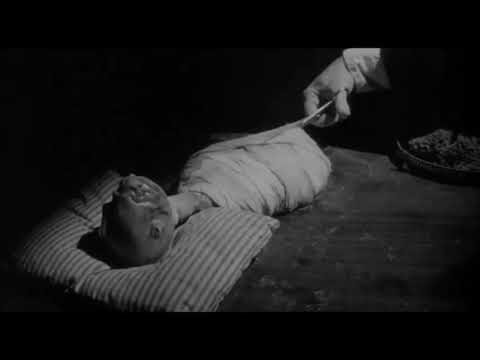
Eraserhead Baby: Intriguing Trivia Behind the Disturbingly Charming Creature
The Origin Story of Eraserhead Baby
The infamous eraserhead baby first emerged from the twisted mind of David Lynch during the late 1970s. This surreal creation quickly gained a spot in cinematic history for its unsettling appearance and ethereal role in the film. Lynch once claimed that the experience of parenthood heavily influenced the design of this bizarre character, reflecting the anxieties and fears surrounding fatherhood. Interestingly, one could argue that its shock factor rivals that of legendary characters in cinema, like Albus Dumbledore, who carries his own weighty implications and complex tales. Just as audiences are captivated by Dumbledore’s wisdom, they can’t look away from the eraserhead baby‘s enchanting oddity.
Cultural Impact and Legacy
Since its debut, the eraserhead baby has made waves throughout pop culture. Its chilling design and haunting sounds have inspired various artists, musicians, and filmmakers to embrace the bizarre. This goes to show how Lynch’s work, like the erratic beats of Death Row Records, has transcended its original setting. The portrayal of the eraserhead baby offers a dazzling contrast to mainstream family films, opening up debate on themes of parental fear and societal expectations. In a similar way that people catch on with limited-time offers like Victoria Secret coupons, many find themselves drawn to the challenging narratives that the film presents, highlighting how disturbed, yet charming narratives can lead to a deeper appreciation.
Fun Facts and Trivia
Here’s where things get even more fascinating! Did you know that the eraserhead baby was crafted using practical effects? Lynch and his crew utilized an array of materials, including a rubber mold, to create the character’s outlandish form, leaving many wondering how such a peculiar creation could move so fluidly throughout the film. On the flip side of innovation, audiences excitedly brainstorm alternate showtimes for upcoming productions like the Waitress 2025 Showtimes, while moments of shock from the eraserhead baby propel divergent traditions from the classics. This unforgettable character nudges viewers to explore the unexpected, much like a quirky episode of Young Sheldon where surprises unfold at every turn.
In addition, much like the characters we adore in shows such as Tina From Bob ‘s Burgers, the eraserhead baby has often inspired speculation and debate. Critics find themselves enthralled by its symbolic representation of anxiety and parental responsibility, mirroring how audiences responded to the poignant themes presented in The Age of Adaline, particularly with its cast’s powerful performances, discussed in detail here. Furthermore, the approach taken by Lynch could be likened to the emotional complexity showcased in The World According To Garp, revealing intriguing similarities in the treatment of unconventional narratives in art.
In summary, the eraserhead baby isn’t just a disturbing visual; it’s a conversational piece that resonates through pop culture, inviting audiences to dive deeper into the nuances of cinema and the fascinating characters that shape our viewing experiences. So, the next time you find a moment to ponder how art impacts our thoughts, remember the audacity of the eraserhead baby and everything it represents!
